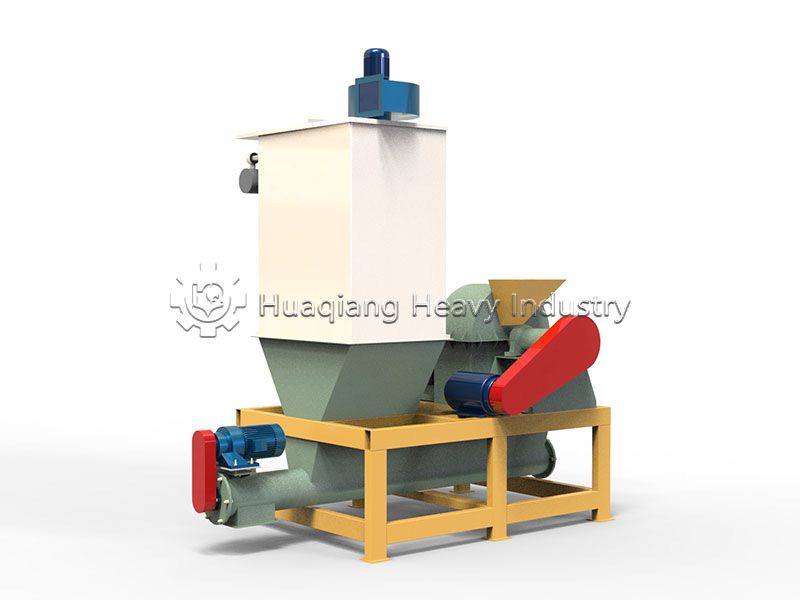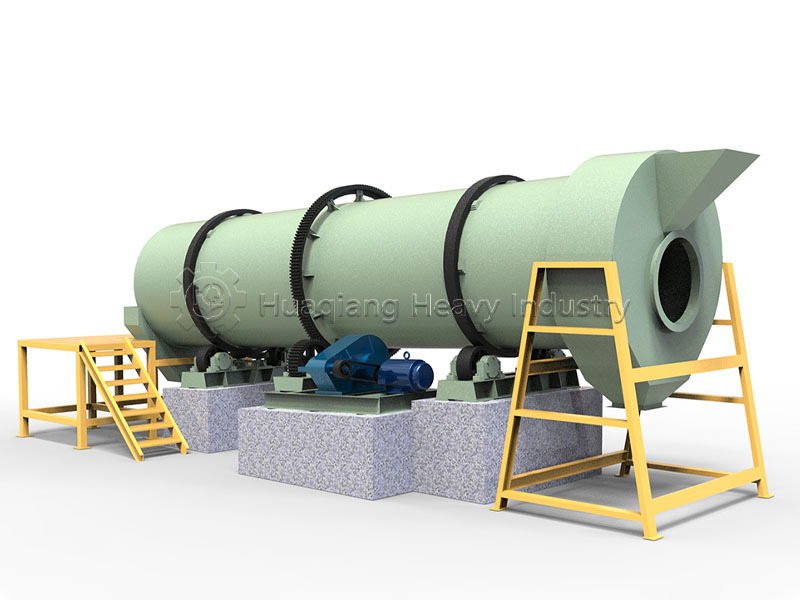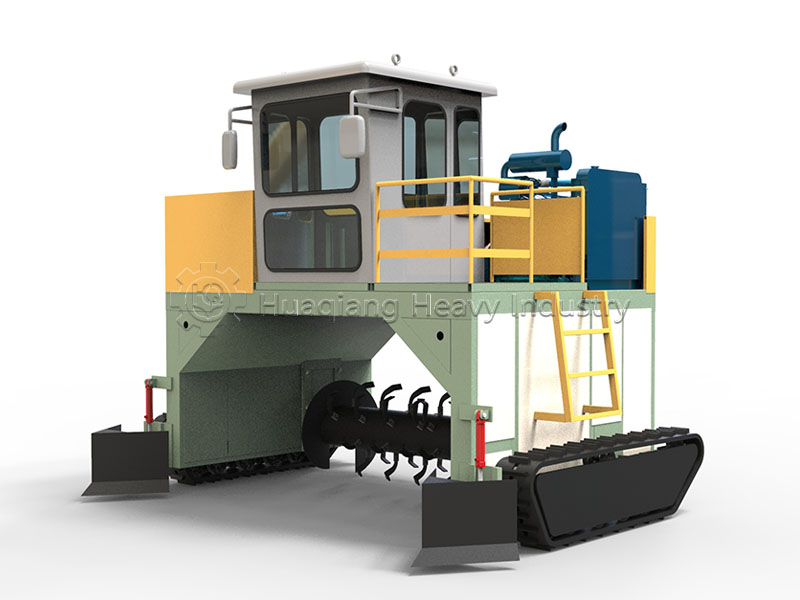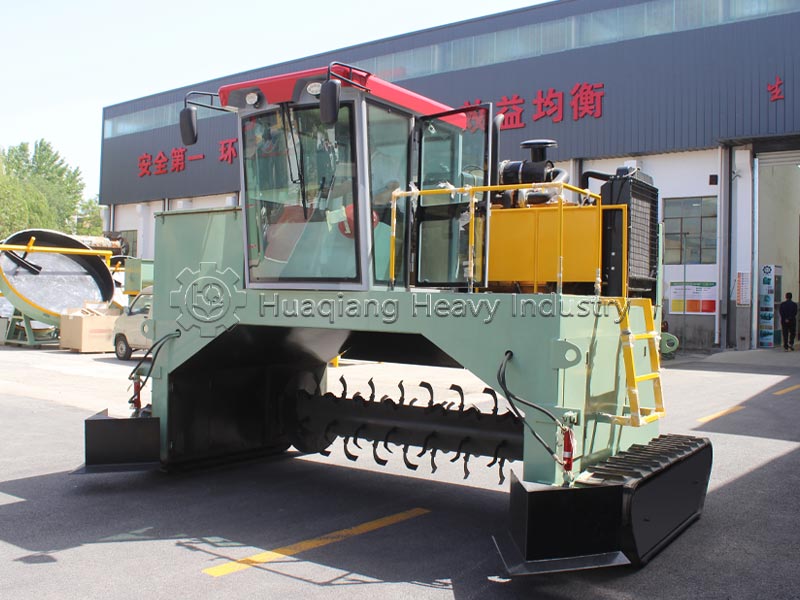The efficient operation of a bio-organic fertilizer production line relies on the precise coordination of bio-organic fertilizer equipment at each stage. Among these, cage crushers and double screws compost turning machines play indispensable roles in raw material pretreatment and fermentation, directly impacting the quality and production efficiency of the final product.
The cage crusher, as an important pretreatment equipment in bio-organic fertilizer production, primarily functions to refine raw material particles. Raw materials for bio-organic fertilizer production often include straw, poultry and livestock manure, and fallen leaves. These materials have uneven textures and contain large impurities. If directly introduced into the fermentation process, this can lead to insufficient fermentation and uneven nutrient distribution. The cage crusher can refine large materials into uniform particles, laying the foundation for subsequent fermentation and preventing damage to subsequent equipment caused by impurities.

After processing by the cage crusher, the raw materials enter the fermentation stage, where the double screws compost turning machine becomes a core piece of bio-organic fertilizer equipment. Fermentation is a critical step in bio-organic fertilizer production, requiring proper ventilation and uniform temperature to promote microbial activity and achieve complete composting. The double screws compost turning machine, with its unique double-screw structure, ensures stable overall fermentation temperature, significantly improving composting efficiency and shortening the fermentation cycle.
In a complete bio-organic fertilizer production line, the cage crusher and double screws compost turning machine are closely integrated and work collaboratively, forming the core force that ensures a smooth production process and high-quality products. This highlights the important supporting role of high-quality bio-organic fertilizer equipment in the development of the industry.










